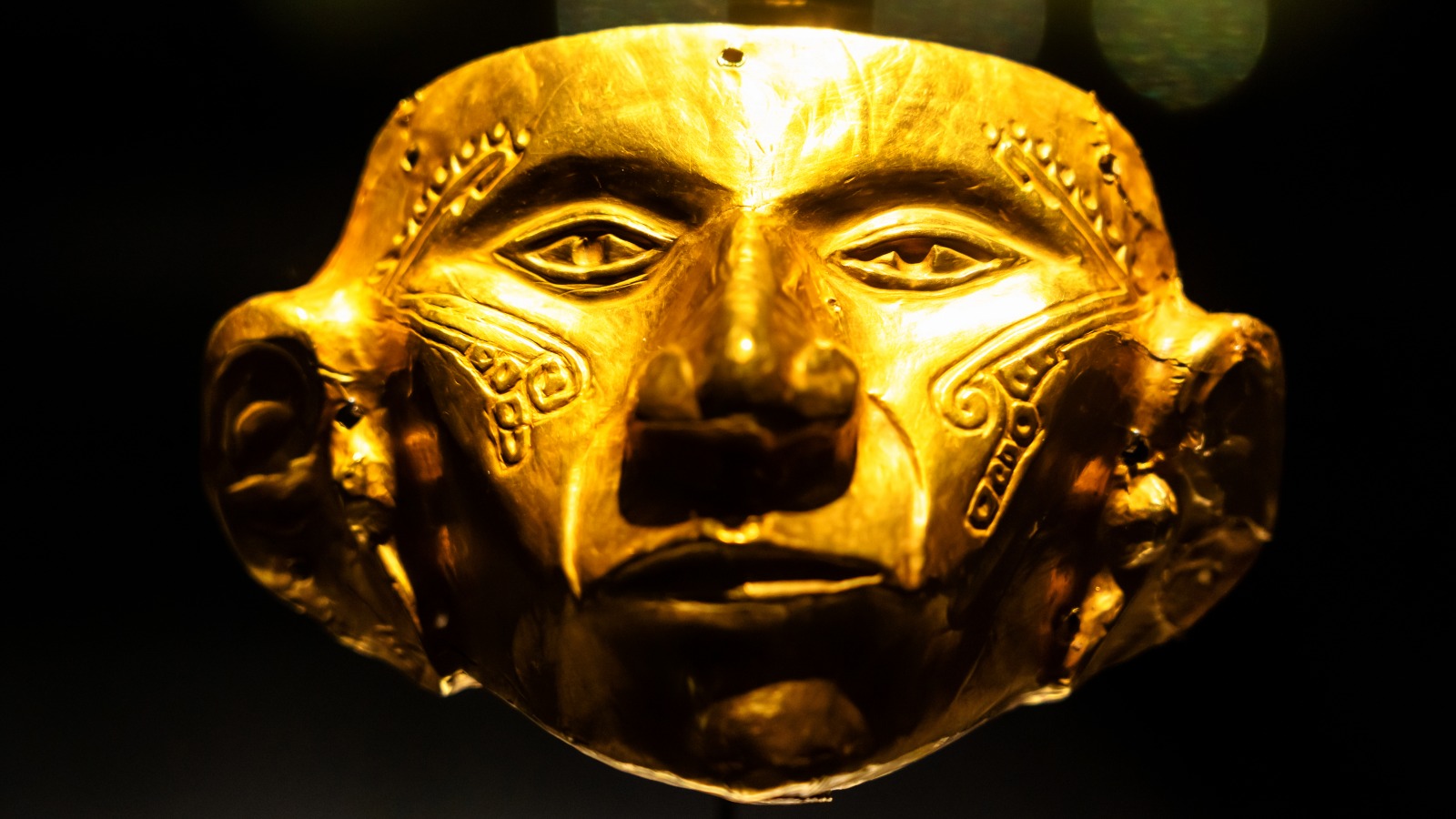
Akhenaten, who is known for mandating that his people worship just one deity - the sun god Aten - called for this move. Moreover, the team found a mud seal that says "gm pa Aton" - a phrase that can be translated into "the domain of the dazzling Aten" - the name of a temple at Karnak built by King Akhenaten.Īccording to historical documents, one year after this pot was crafted the capital was moved to Amarna. "This valuable information not only gives us the names of two people that lived and worked in the city but confirmed that the city was active and the time of King Amenhotep III's co-regency with his son Akhenaten," the archaeologists said in the statement.

This vessel is inscribed with an inscription that reads: Year 37, dressed meat for the third Heb Sed festival from the slaughterhouse of the stockyard of Kha made by the butcher luwy. More recently, the team found a vessel holding about 22 pounds (10 kilograms) of dried or boiled meat.

(Image credit: Egyptian Ministry of Tourism and Antiquities) It's unclear why the remains of a cow or bull were buried in the Lost Golden City. The researchers are still analyzing these burials, and hope to determine the circumstances and meaning behind them. The archaeologists also found several burials: two unusual burials of a cow or bull, and a remarkable burial of a person whose arms were outstretched to the side and had a rope wrapped around the knees.

They also unearthed metal and glass-making slag, but they haven't yet found the workshop that made these materials. Throughout the city, the archaeologists found tools related to industrial work, including spinning and weaving. The team also found dozens of casting molds that were used to make amulets and decorative items - evidence that the city had a bustling production line that made decorations for temples and tombs. These bricks, the team noted, had seals with the cartouche of King Amenhotep III. In another area, archaeologists found a production area for mud bricks, which were used to build temples and annexes. Related: Peaceful funerary garden honored Egypt's dead (photos) This single entrance likely served as a security measure, giving ancient Egyptians control over who entered and left this area, according to the statement. A zigzag fence - an architectural design used toward the end of the 18th Dynasty - walled off the area, allowing only one access point that led to the residential areas and internal corridors. In another, still partially covered area of the excavation, archaeologists found an administrative and residential district that had larger, neatly-arranged units. The kitchen is large, so it likely catered to a large clientele, according to the statement. In the southern part of the city, the team also discovered the remains of a bakery that had a food preparation and cooking area filled with ovens and ceramic storage containers.

(Image credit: Egyptian Ministry of Tourism and Antiquities)Īfter seven months of excavation, the archaeologists had uncovered several neighborhoods. The team found this cartouche all over the place, including on wine vessels, rings, scarabs, colored pottery and mud bricks, which confirmed that the city was active during the reign of Amenhotep III, who was the ninth king of the 18th dynasty.Īrchaeologists have found all kinds of treasures at the ancient city. To do this, they looked for ancient objects bearing the seal of Amenhotep III's cartouche, an oval filled with his royal name in hieroglyphics. Once the team realized they had discovered the Lost City, they set about dating it. (A few years after Akhenaten started his reign in the early 1350s B.C., the Golden City was abandoned and Egypt's capital was moved to Amarna). "The discovery of the Lost City not only will give us a rare glimpse into the life of the ancient Egyptians at the time where the empire was at wealthiest, but will help us shed light on one of history's greatest : Why did Akhenaten and Nefertiti decide to move to Amarna?" "The discovery of this lost city is the second most important archeological discovery since the tomb of Tutankhamun," which occurred in 1922, Betsy Brian, a professor of Egyptology at John Hopkins University, said in the statement. Many of the ancient dwellings and buildings still had intact walls.


 0 kommentar(er)
0 kommentar(er)
